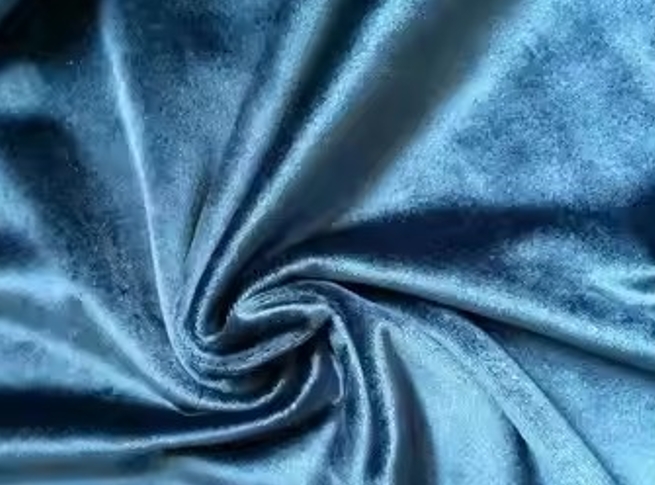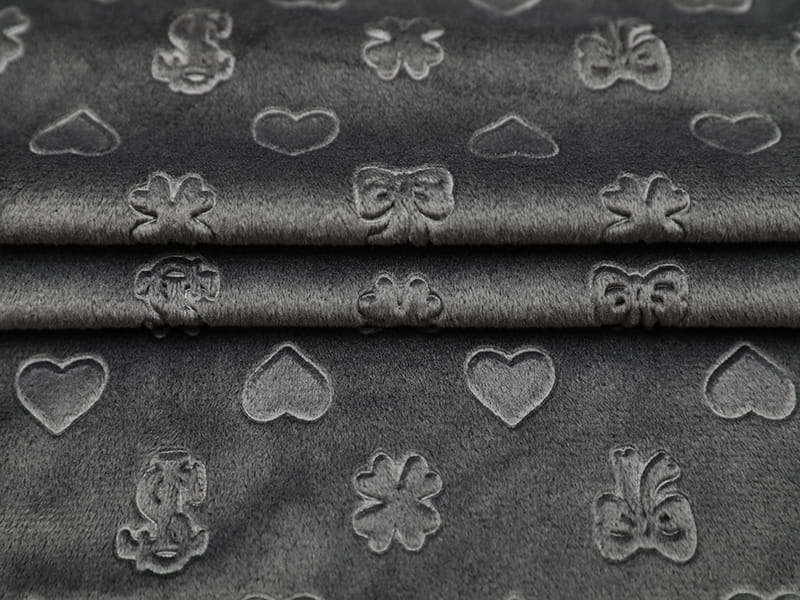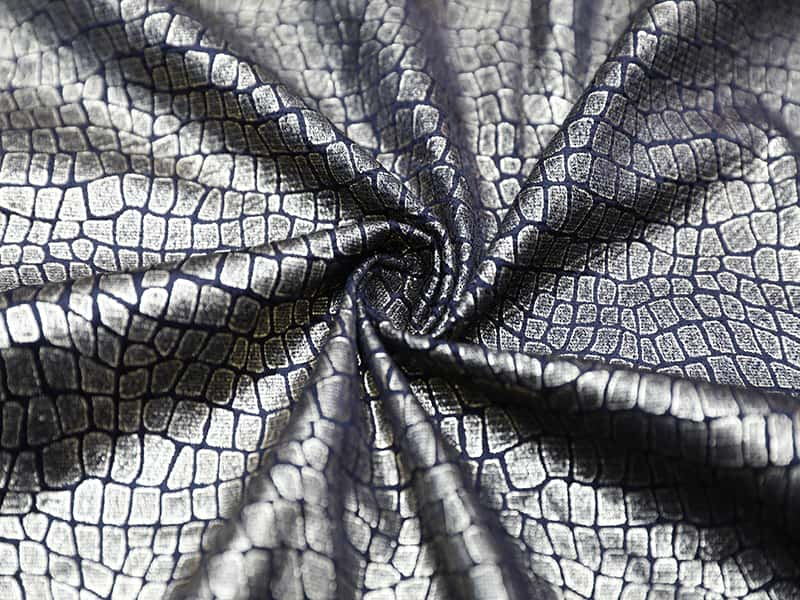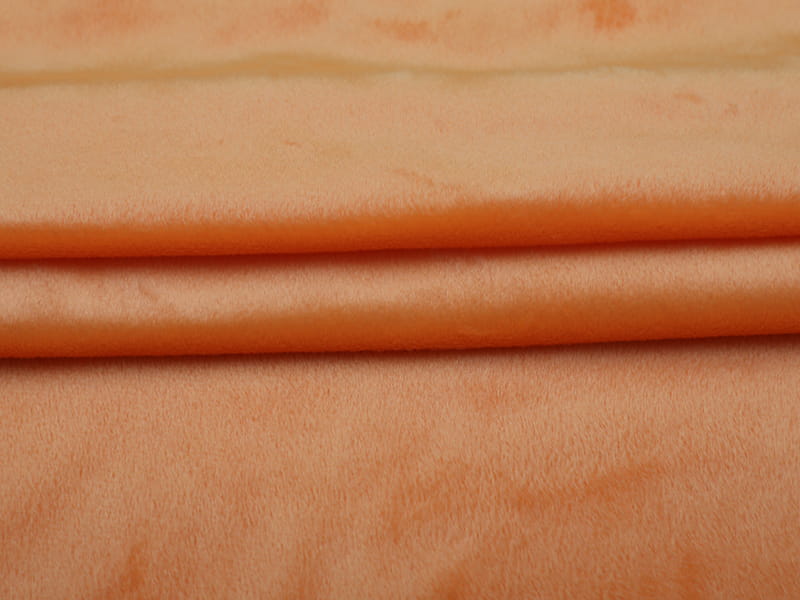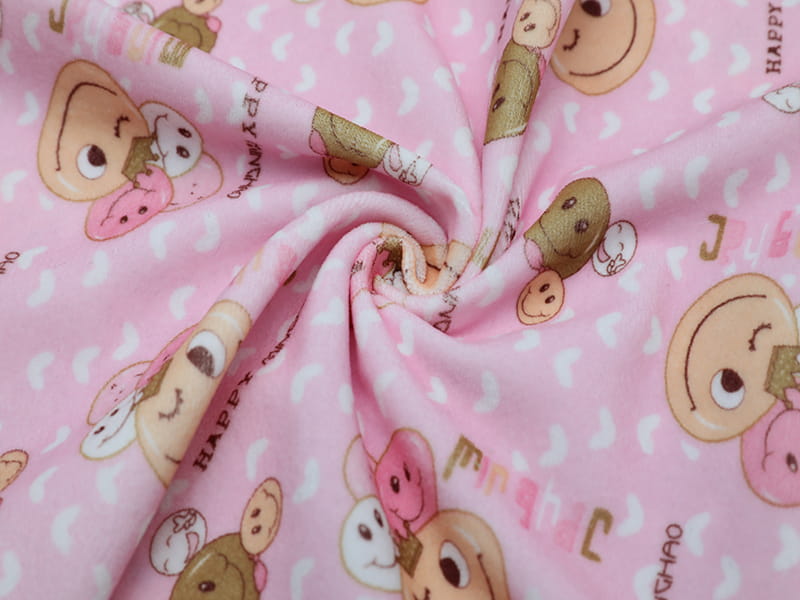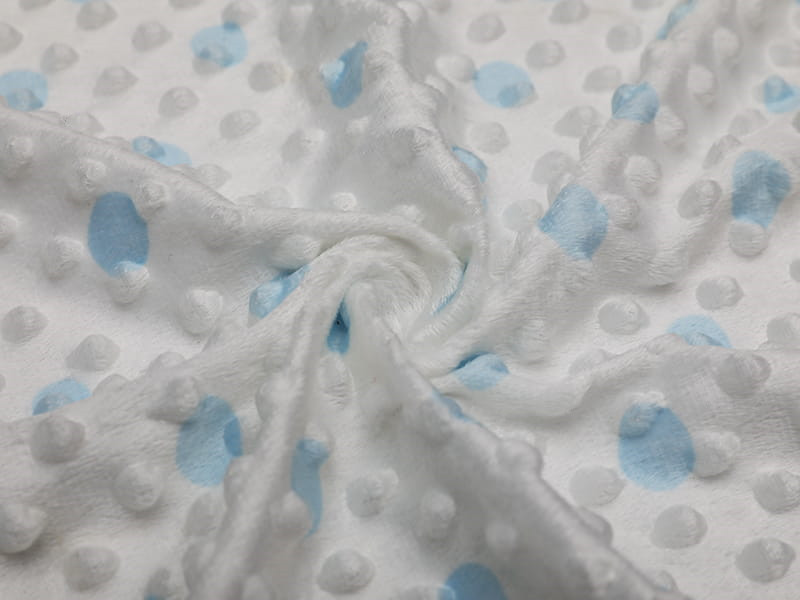Tradition and technology: The integration of home textile fabrics, is it evolution or innovation?
Update:27 Mar
In the long history of human civilization, home textile fabrics have always played an indispensable role. From the earliest hand-woven fabrics to modern high-tech fibers, the development process of home textile fabrics records the progress and changes of human civilization. The integration of traditional handicrafts and modern technology not only improves the quality of fabrics, but also brings more convenience and comfort to home life. At this moment when history and the future meet, let us explore the integration and evolution of tradition and technology in the past and present development of home textile fabrics.
Dating back to ancient times, home textile fabrics were hand-woven and dyed by people. The earliest home textile fabrics were often made from natural fibers such as cotton, silk, linen, etc., and could be made after a long period of manual work. These fabrics are not only naturally soft and comfortable, but also carry rich cultural connotations and the wisdom of craftsmen. In ancient times, the production of home textile fabrics mainly relied on families or small handicraft workshops, and the production process was very cumbersome and time-consuming. Behind every piece of fabric lies the hard work and skills of craftsmen, which are passed down from generation to generation, forming unique local textile craftsmanship. Whether it is silk from China, cotton from India, or linen from the Mediterranean coastal areas, they all show the prosperity and glory of civilization at that time.
With the advent of the industrial revolution, the home textile fabric industry has also ushered in unprecedented changes. The introduction of mechanized production has greatly improved the production efficiency and quality of fabrics, making fabrics a mass consumer product. The invention of synthetic fibers has provided a new choice of raw materials for the production of home textile fabrics. For example, the advent of synthetic fibers such as polyester and nylon has made home textile fabrics richer in variety and with more diversified functions.
In modern times, the continuous advancement of science and technology has brought unprecedented development opportunities to the home textile fabric industry. From smart temperature-control fabrics to antibacterial and anti-odor technology, from environmentally friendly material applications to smart connection technology, various innovative technologies are constantly emerging, providing new possibilities for functional enhancement and quality improvement of home textile fabrics. The rise of smart homes has brought new market demand for home textile fabrics. The emergence of smart home products such as smart bedding and smart curtains has made home textile fabrics no longer limited to traditional fabrics, but incorporates smart technology to provide more convenience and comfort for people's lives.
The integration and evolution of past and present home textile fabrics, tradition and technology present a magnificent development picture. Although traditional handicrafts have gradually been replaced by mechanized production, their unique cultural charm and artistic value are still passed down to this day. The continuous advancement of science and technology has brought unlimited development space to the home textile fabric industry, bringing more convenience and comfort to people's lives.
Looking to the future, the home textile fabric industry will continue to develop in the direction of intelligence, environmental protection, and personalization. With the continuous improvement of people's living standards and changes in consumption concepts, the home textile fabric industry will usher in broader market prospects. At the same time, we also look forward to the perfect integration of tradition and technology to bring more beauty and surprises to human life.

